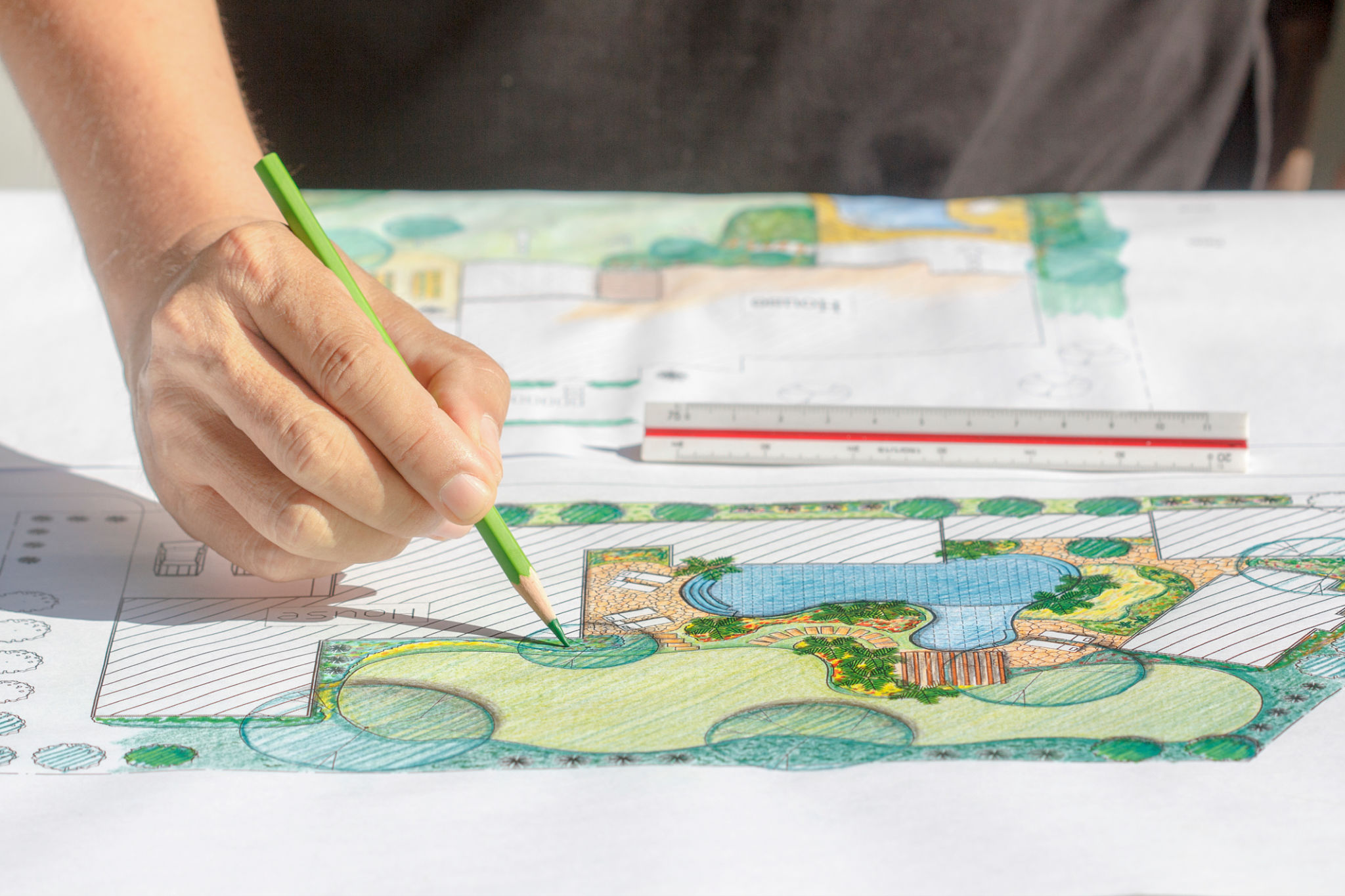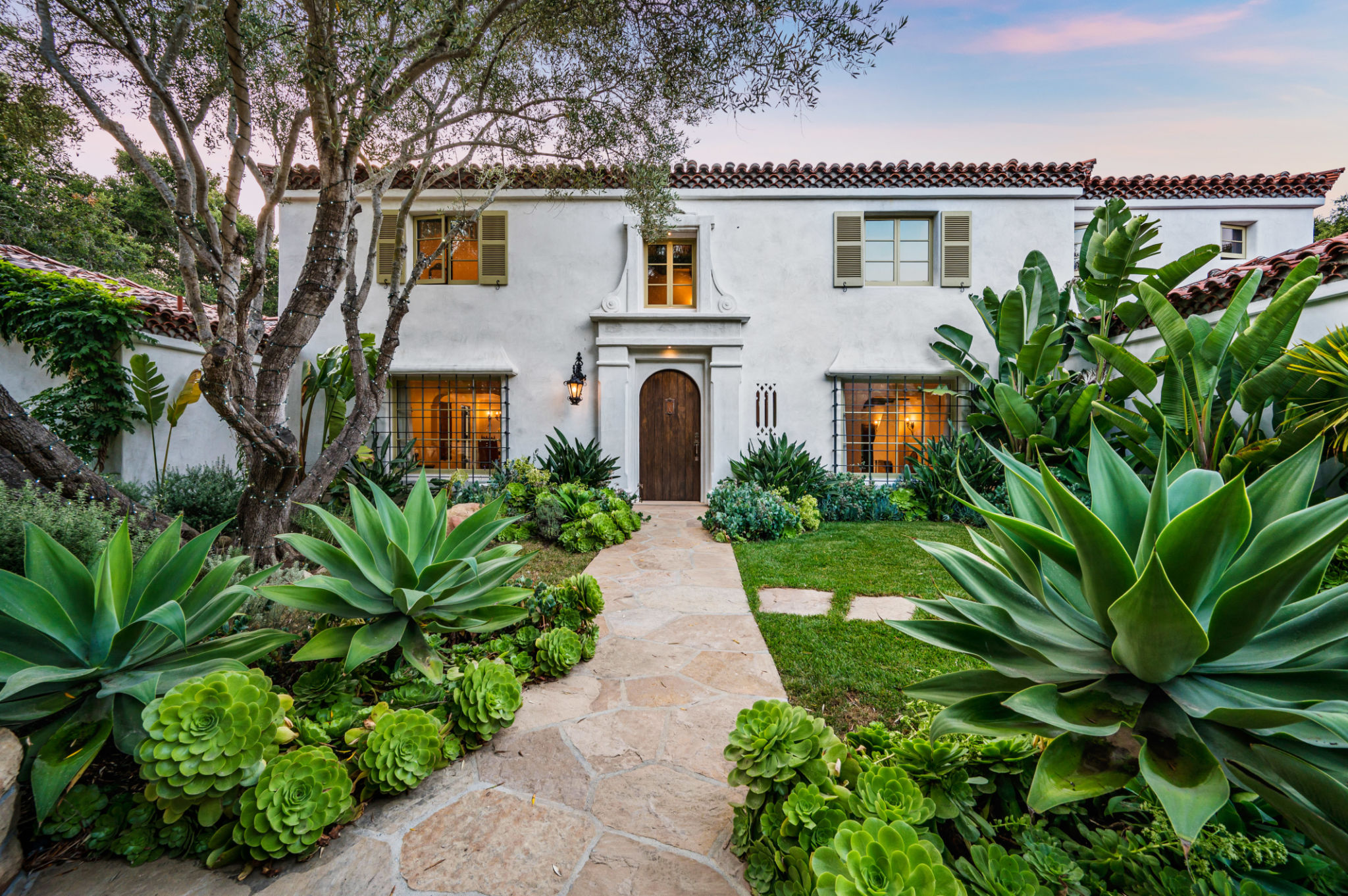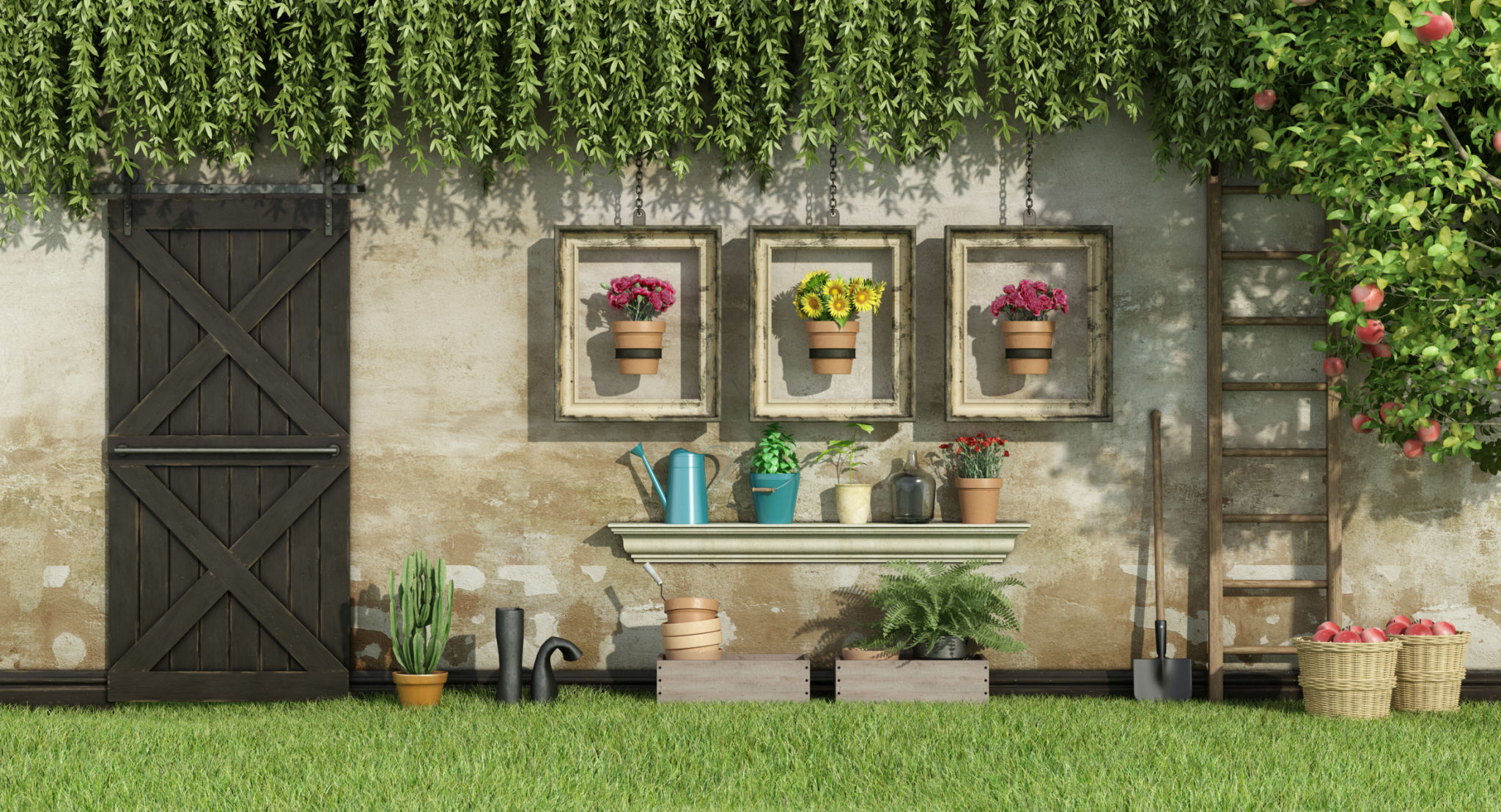DIY Landscaping Tips for Beginners in Linn County
Understanding Your Space
Before diving into the world of DIY landscaping, it's crucial to understand the dimensions and characteristics of your outdoor space. Linn County offers a diverse range of terrains and climates, so take time to observe sunlight patterns, soil quality, and drainage. These factors will influence your plant choices and design elements.

Sketch a basic layout of your yard, marking existing features like trees, pathways, and structures. This will give you a clearer picture of what areas can be enhanced or repurposed. Consider how you want to use the space—whether for relaxation, entertainment, or gardening—and plan accordingly.
Choosing the Right Plants
Selecting the right plants is essential for a thriving landscape. Opt for native species that are well-suited to the Linn County climate. Native plants require less water and maintenance, making them ideal for beginners. Popular choices include Oregon grape, red flowering currant, and western sword fern.
When arranging plants, consider their mature size and growth habits. Grouping plants with similar water and sunlight needs can simplify care and create a cohesive look. Additionally, incorporating a mix of perennials and annuals can provide year-round interest.

Creating a Focal Point
A well-designed landscape often features a focal point that draws the eye and adds interest. This could be a water feature, a sculpture, or a striking plant arrangement. In Linn County's lush environment, a small pond or fountain can enhance the natural beauty and attract local wildlife.
Building Functional Paths
Paths not only guide movement through your garden but also define different areas within it. Consider using materials like gravel, stepping stones, or bark mulch for an easy DIY approach. These materials are cost-effective and blend well with the natural surroundings.

Ensure paths are wide enough for comfortable walking and have gentle curves to create a sense of discovery. Edging materials like bricks or logs can help keep paths tidy and prevent grass from encroaching.
Adding Personal Touches
Your landscape should reflect your personal style and interests. Incorporate decorative elements such as garden art, painted pots, or themed garden sections. For instance, a small herb garden can provide fresh ingredients for your kitchen while adding greenery and fragrance.
Consider repurposing old items—like using an antique wheelbarrow as a planter or turning wooden pallets into garden furniture. These creative touches add character and make your landscape uniquely yours.

Maintaining Your Landscape
Regular maintenance is key to keeping your landscape looking its best. Establish a routine that includes watering, weeding, pruning, and mulching. Investing in quality tools will make these tasks more manageable.
Remember that landscaping is an ongoing process. As you gain experience, you'll likely want to tweak and expand your designs. Embrace the journey and enjoy watching your outdoor space evolve over time.
